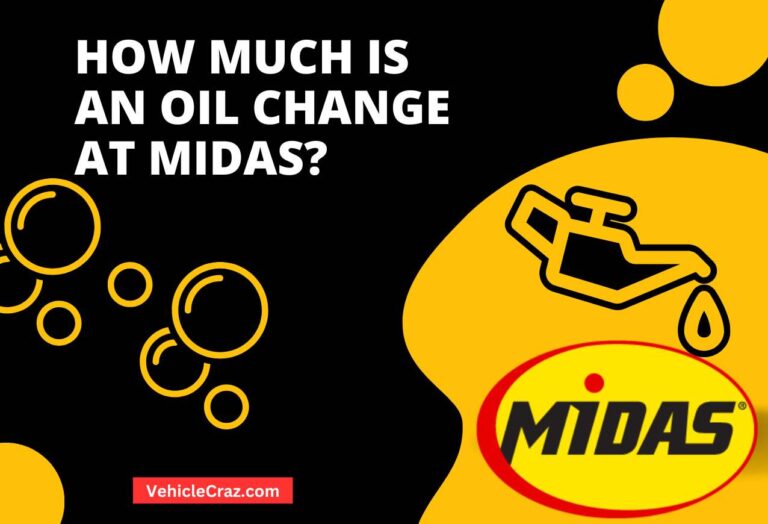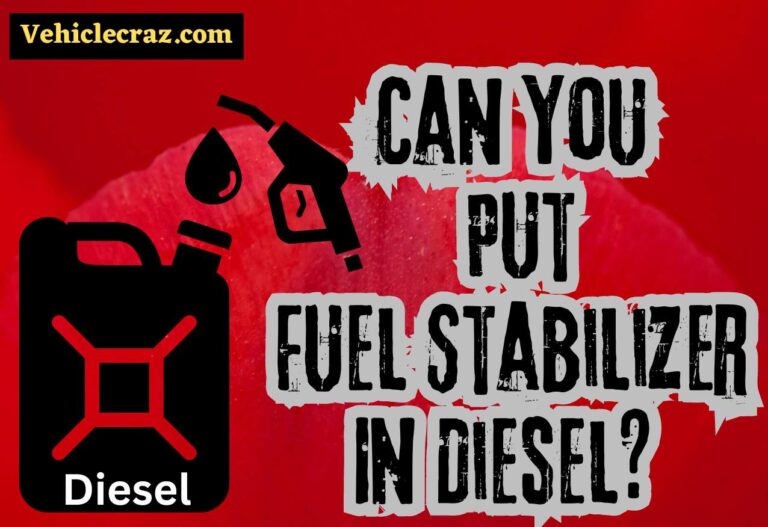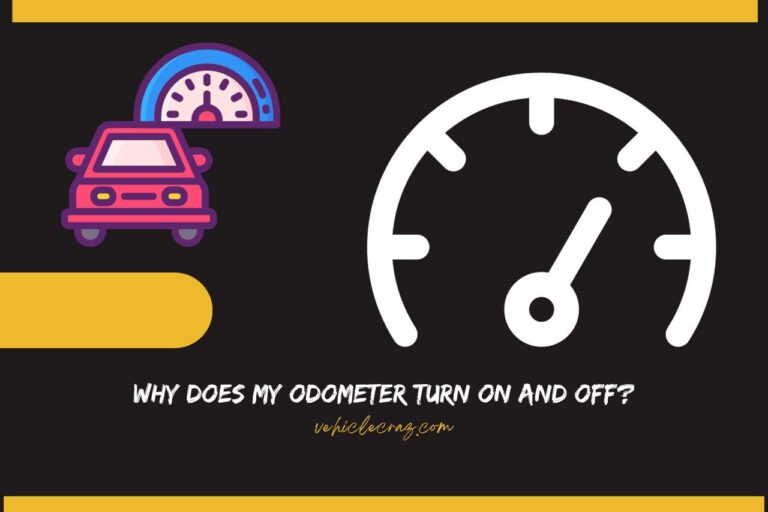What Happens If You Don’t Use Fuel Stabilizer?
Curious about the effects of not using a fuel stabilizer when storing gasoline or using fuel that has been sitting for a while? Without using a fuel stabilizer, gasoline can degrade over time due to oxidation and exposure to moisture. However, we think there is more you need to know when it comes to not using fuel stabilizers. So, we wrote this article!
What Happens If You Don’t Use Fuel Stabilizer?
Not using a fuel stabilizer when storing gasoline can lead to several issues. Let us explain them in detail.
Fuel Degradation
Fuel degradation is a natural process that occurs when gasoline is exposed to air, heat, and moisture over time. As gasoline ages, its chemical composition changes, leading to the formation of various byproducts such as gums, varnishes, and other deposits. These deposits can accumulate in the fuel tank, fuel lines, carburetors, and fuel injectors, causing several issues:
- Gum and varnish deposits can clog fuel lines, carburetors, and injectors, restricting the flow of fuel to the engine. This can result in starting issues, where the engine may struggle to start or fail to start altogether.
- Deposits in the fuel system can disrupt the smooth flow of fuel to the engine, leading to rough idling or a noticeable vibration when the engine is running at idle.
- Clogged fuel injectors can disrupt the proper atomization of fuel in the combustion chamber, leading to incomplete combustion. This can result in poor engine performance, reduced power output, and decreased fuel efficiency.
- Degraded gasoline may not vaporize properly in the engine, making it difficult to start, especially in cold weather. This can result in extended cranking times or the engine failing to start at all.
Overall, fuel degradation can have a significant impact on engine performance and reliability. Using a fuel stabilizer can help prevent or minimize these issues by slowing down the degradation process and keeping the fuel system clean and free of deposits.
Loss of Combustibility
Loss of combustibility refers to the reduced ability of degraded gasoline to burn efficiently in the engine’s combustion chamber. As gasoline ages, its chemical composition can change, leading to a decrease in its volatility and octane rating. This can result in several issues that affect engine performance and fuel economy:
- Degraded gasoline may not vaporize properly in the engine, leading to incomplete combustion. This can result in reduced power output and engine performance.
- Lower-quality gasoline can lead to knocking or pinging noises from the engine, which occur when the air-fuel mixture ignites prematurely in the combustion chamber. This can cause damage to the engine over time.
- Gasoline that does not burn efficiently can lead to reduced fuel efficiency, as the engine may need to burn more fuel to produce the same amount of power. This can result in increased fuel consumption and higher operating costs.
Overall, the loss of combustibility in degraded gasoline can have a significant impact on engine performance, fuel economy, and emissions. Using a fuel stabilizer can help prevent or minimize these issues by preserving the quality of the gasoline and ensuring that it burns efficiently in the engine.
Increased Emissions
Poorly combustible gasoline can result in increased emissions, including harmful pollutants such as hydrocarbons and carbon monoxide. This can contribute to air pollution and have negative effects on air quality.
Engine Damage
If varnish or gum deposits clog fuel system components, it can lead to engine damage and potentially costly repairs. Clogged fuel injectors, for example, can cause misfiring, rough idling, and poor acceleration.
How Long Does Fuel Last Without Stabilizer?
Without a fuel stabilizer, gasoline can start to degrade in as little as 30 days, especially if it is stored in unfavorable conditions such as high temperatures or high humidity. In general, gasoline can remain usable for about three to six months before it starts to degrade significantly.
After this time, the gasoline may become less combustible and may cause issues such as hard starting, rough idling, and poor engine performance.
However, the exact shelf life of gasoline without stabilizer can vary depending on several factors, including the quality of the gasoline, the storage conditions, and the type of fuel (e.g., ethanol-blended or non-ethanol gasoline). It’s always best to use fuel within a few months of purchase or add a fuel stabilizer if you plan to store gasoline for an extended period.
Forgot to Add Fuel Stabilizer, Now What?
If you forgot to add fuel stabilizer to gasoline that you have already stored, there are a few steps you can take to minimize any potential issues:
Use the Gasoline Soon
If possible, use the gasoline in your equipment or vehicle as soon as possible. Fresh gasoline is less likely to cause starting or performance issues compared to old gasoline.
Add Fuel Stabilizer
If you plan to continue storing the gasoline, add a fuel stabilizer to help prevent further degradation. Follow the manufacturer’s instructions for the correct amount to use based on the size of your gas tank.
Inspect for Contamination
Before using the gasoline, inspect it for signs of contamination, such as water or debris. If you suspect contamination, it may be best to dispose of the gasoline properly and replace it with fresh fuel.
Monitor Performance
After adding stabilizer or using the gasoline, monitor the performance of your equipment or vehicle. If you notice any starting issues, rough idling, or poor engine performance, it may be a sign that the gasoline has degraded.


I’m Alex, a seasoned mechanical teacher with over 20 years of hands-on experience in Australia. My passion for all things automotive has driven me to establish this blog, aiming to share my wealth of knowledge and expertise with fellow enthusiasts, DIYers, and anyone keen on understanding the mechanics behind the machines we rely on daily.





![Does ABS Sensor Affect Speedometer? [Fixes Included]](https://vehiclecraz.com/wp-content/uploads/2023/11/ElecdiaryPresspallettevehiclecraz-37-768x512.jpg)

